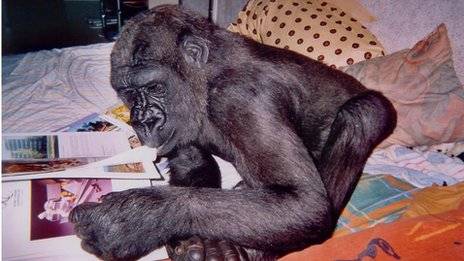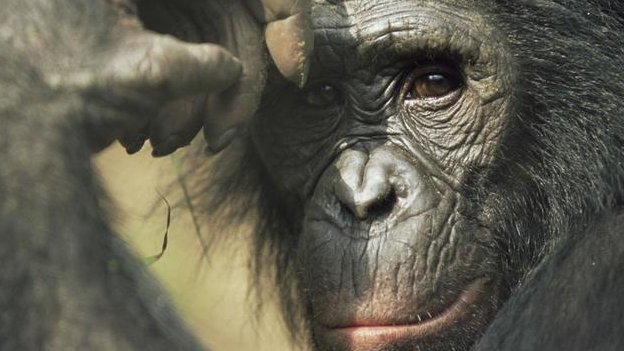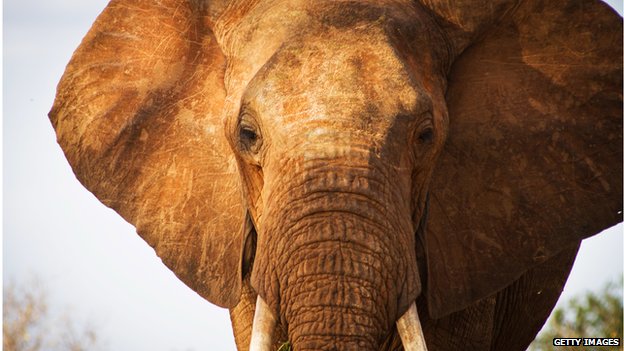Gorillas in our midst...

Rwanda's Mountain Gorillas Making Comeback
December 23, 2011 - In the 1980s, the movie Gorillas in the Mist, made Rwanda's almost-extinct mountain gorillas famous. Now, they have come back from the brink, having increased their numbers three-fold to almost 800. The gorillas are drawing tourists from all over the world to the East African nation.
Rwanda's Mountain Gorillas Making Comeback
December 23, 2011 - In the 1980s, the movie Gorillas in the Mist, made Rwanda's almost-extinct mountain gorillas famous. Now, they have come back from the brink, having increased their numbers three-fold to almost 800. The gorillas are drawing tourists from all over the world to the East African nation.
These mountain gorillas are part a clan called 'Hirwa' that live together in a quiet corner of the Rwandan mountains, fiercely protected by the government and international aid organizations. The gorillas are like national heroes in Rwanda, bringing in 90 percent of the tiny country's tourism revenue. Every morning, tourists, usually paying $500 each for a permit, pack into the Volcanoes National Park headquarters and prepare to hike into the woods to spend an hour observing a gorilla family. But despite years of successful, aggressive conservation efforts, experts say the animals still face grave dangers from their human neighbors.
Dr. Jan Ramer specializes in gorilla care for the Mountain Gorilla Veterinary Project. She says trauma caused by snares, set by locals attempting to trap other kinds of wildlife, is the number one cause of death for these gorillas. Actual gorilla trafficking is now a rare occurrence. Even so, this baby gorilla, "Ihirwe" which means luck, was rescued from poachers last summer. Dr. Ramer says it was the first deliberate gorilla-napping she has seen since 10 gorillas were murdered in neighboring Congo a few years ago, as a part of the on-going human conflict. "We were stunned because this is the first mountain gorilla that has been taken from the forest that we are aware of and confiscated since 2007," said Ramer.
Dr. Ramer says gorillas also live practically on top of some of the most crowded and poorest areas in Africa, leaving the animals constantly vulnerable to encroachment, human diseases, and poachers. But tour guides at the park say much of the poaching has been slowed because many former poachers now work for the government. And while these gorillas are no longer movie stars, locals say the government's plans to share 5 percent of the gorilla-tourism revenue with the community is helping to develop this impoverished area. And in one of the poorest countries on earth, villagers say this means more to them than the fun of living near the gorillas.
Source







